
|
|
Font Size:
|
||||
|
|
|
|
||||
STATISTICAL BRIEF #305:
Health Insurance Status of Young Adults, Ages 22-26, 2008
Highlights
- 48.8 percent of young adults ages 22-26 were uninsured at some point in 2008 and 26.2 percent were uninsured for the entire calendar year.
- Hispanics between the ages of 22-26 were substantially more likely to be uninsured than black non-Hispanics, white non-Hispanics, or other race non-Hispanics.
- Nearly two-thirds of young adults in fair or poor health were without health insurance for some time in 2008.
- Young adults living alone and those not married were substantially more likely to be uninsured than their counterparts who were residing in families and those who were married.
- Average annual health care expenditures for those ages 22-26 varied from $3,546 for those with public-only coverage and $1,959 for those with some private coverage, relative to $605 for those uninsured for the entire year.
Introduction
Estimates of the health insurance status of the U.S. civilian noninstitutionalized population are critical to policymakers and others concerned with access to medical care and the cost and quality of that care. Health insurance helps people get timely access to medical care and protects them against the risk of expensive and unanticipated medical events. Young adults are less likely to be covered by health insurance than their older counterparts. Effective September 2010, one component of the Patient Protection and Affordable Care Act permits adult dependents to remain on their parents' insurance plans until their 26th birthday. This coverage provision also applies to adult dependents under age 26 who no longer live with their parents, are not dependents on their parents' tax returns, or are no longer students.Using information from the Household Component of the Medical Expenditure Panel Survey (MEPS-HC) this Statistical Brief provides detailed estimates for the U.S. civilian noninstitutionalized population between the ages of 22-26, a group that would typically be ineligible for continuance of coverage under their parents' insurance plans prior to 2010. When estimating the characteristics of the uninsured population, the distinction between those uninsured for short periods of time during the year and those who are uninsured for the entire year is also considered. All differences between estimates discussed in the text are statistically significant at the 0.05 level unless otherwise noted.
Findings
According to the MEPS-HC, 28.1 percent (74.3 million people, estimate not shown) of the population under age 65 were uninsured at some time in 2008 and 15.4 percent (40.7 million people, estimate not shown) were uninsured for the entire calendar year (figure 1). When examining the coverage experience by age subgroups, 48.8 percent of young adults ages 22-26 (9.9 million people, estimate not shown) were uninsured at some point in 2008 and 26.2 percent (5.3 million people, estimate not shown) were uninsured for the entire calendar year (figure 1). These rates of being without health insurance coverage were among the highest for the age subgroups under consideration. In contrast, for those age groups in close proximity, 20.1 percent of children ages 0-17 and 30.9 percent of adults ages 30-34 were uninsured at some time in 2008 and 7.5 percent of children and 19.4 percent of adults ages 30-34 were uninsured for the entire calendar year (figure 1).For young adults ages 22-26, Hispanics were substantially more likely than black non-Hispanics single race, white non-Hispanics single race, or other single race/multiple race non-Hispanics to lack health insurance during 2008. Among Hispanic young adults, 68.1 percent were uninsured for at least part of the year, while 47.9 percent were uninsured for the entire 2008 calendar year (figure 3). Alternatively, 41.7 percent of white non-Hispanics between the ages of 22-26 were uninsured for at least part of the year, while 19.2 percent were uninsured for the entire 2008 calendar year (figure 3).
Young adult males were substantially more likely than females to lack health insurance during 2008. Among young adult males, 52.8 percent were uninsured for at least part of the year, while 33.5 percent were uninsured for the entire 2008 calendar year (figure 4). Alternatively, 44.6 percent of women between the ages of 22-26 were uninsured for at least part of the year, while 18.7 percent were uninsured for the entire 2008 calendar year (figure 4).
Coverage rates for young adults also varied substantially by health status, family size, and marital status. Young adults between the ages of 22-26 who were in fair or poor health were noticeably more likely to be uninsured for some time in 2008 relative to their healthier counterparts (64.2 percent vs. 47.9 percent, figure 5). Young adults living alone and those not married were also substantially more likely to be uninsured than their counterparts who were residing in families and those who were married. Among those living alone, 53.1 percent were uninsured for at least part of the year, while 29.9 percent were uninsured for the entire 2008 calendar year (figure 6). In contrast, 41.1 percent of young adults residing in families were uninsured for at least part of the year, while 19.6 percent were uninsured for the entire 2008 calendar year (figure 6). Similarly, among young adults who were not married, 51.6 percent were uninsured for at least part of the year, while 28.5 percent were uninsured for the entire 2008 calendar year (figure 7). In contrast, 40.6 percent of married young adults were uninsured for at least part of the year, while 19.6 percent were uninsured for the entire 2008 calendar year (figure 7).
For the overall population under age 65, medical care expenditures varied significantly by health insurance status. In 2008, mean annual health care expenditures for the non-elderly population ranged from $3,731 for those with public-only and $3,183 for those with some private coverage, relative to $1,041 for those uninsured for the entire year (figure 8). Young adults ages 22-26 were also characterized by differing levels of health care expenditures based upon their health insurance coverage status. In 2008, their average annual health care expenditures ranged from $3,546 for those with public-only insurance and $1,959 for those with some private coverage, compared to $605 for those uninsured for the entire year (figure 8).
Data Source
The estimates shown in this Statistical Brief are drawn from analyses conducted by the MEPS staff from the following public use files: 1996-2007 Full Year Consolidated Data Files (HC-012, HC-020, HC-028, HC-038, HC-050, HC-060, HC-070, HC-079, HC-089, HC-097, HC-105, HC-113) and the 2008 Full Year Population Characteristics Data File (HC-115). Point-in-Time estimates for years 1996-2009 were derived from data files HC-001, HC-005, HC-009, HC-013, HC-022, HC-034, HC-053, HC-064, HC-075, HC-084, HC-093, HC-101, and HC-109.Definitions
Health Insurance CoverageUninsured
People who did not have insurance coverage at any time during the survey year were classified as uninsured for the full year. People who did not have coverage during the period from January of the survey year through the time of their first interview in that year were classified as uninsured throughout the first half of the year. (Interviews were typically conducted from February to June). People who lacked coverage for at least one month during the year were classified in the 'any time in year' category. People who were covered only by noncomprehensive State-specific programs (e.g., The Maryland Kidney Disease Program) or private single-service plans (e.g., coverage for dental or vision care only, coverage for accidents or specific diseases) were considered to be uninsured.
Public only coverage
People were considered to have public only health insurance coverage if they were not covered by private insurance and they were covered by Medicare, Medicaid, TRICARE, or other public hospital and physician coverage.
Private coverage
Private health insurance coverage was defined as nonpublic insurance that provided coverage for hospital and physician care (including Medigap coverage).
Race/ethnicity
The racial and ethnic classifications are Hispanic or Latino, black non-Hispanic or Latino single race, white non-Hispanic or Latino single race, other single race/multiple race non-Hispanic or Latino.
Health status
The respondent is asked to rate the health of every member of the family. The exact wording of the question is: "In general, compared to other people of (PERSON)'s age, would you say that (PERSON)'s health is excellent, very good, good, fair, or poor?" For this report, the response categories excellent, very good, and good as well as fair and poor were collapsed.
About MEPS-HC
MEPS-HC is a nationally representative longitudinal survey that collects detailed information on health care utilization and expenditures, health insurance, and health status, as well as a wide variety of social, demographic, and economic characteristics for the U.S. civilian noninstitutionalized population. It is co-sponsored by the Agency for Healthcare Research and Quality and the National Center for Health Statistics.For more information about MEPS, call the MEPS information coordinator at AHRQ (301) 427-1656 or visit the MEPS Web site at http://www.meps.ahrq.gov/.
References
For a detailed description of the MEPS-HC survey design, sample design, and methods used to minimize sources of nonsampling error, see the following publications:Cohen, J. Design and Methods of the Medical Expenditure Panel Survey Household Component. MEPS Methodology Report No. 1. AHCPR Pub. No. 97-0026. Rockville, MD. Agency for Health Care Policy and Research, 1997. http://www.meps.ahrq.gov/mepsweb/data_files/publications/mr1/mr1.shtml
Cohen, S. Sample Design of the 1996 Medical Expenditure Panel Survey Household Component. MEPS Methodology Report No. 2. AHCPR Pub. No. 97-0027. Rockville, MD. Agency for Health Care Policy and Research, 1997. http://www.meps.ahrq.gov/mepsweb/data_files/publications/mr2/mr2.shtml
Cohen, S. Design Strategies and Innovations in the Medical Expenditure Panel Survey. Medical Care, July 2003: 41(7) Supplement: III-5-III-12.
Ezzati-Rice, T.M., Rohde, F., Greenblatt, J. Sample Design of the Medical Expenditure Panel Survey Household Component, 1998-2008. Methodology Report No. 22. March 2009. Agency for Healthcare Research and Quality, Rockville, MD. http://www.meps.ahrq.gov/mepsweb/data_files/publications/mr22/mr22.shtml
Suggested Citation
Cohen, S.B. and Rhoades, J.A. Health Insurance Status of Young Adults, Ages 22-26, 2008. Statistical Brief #305. December 2010. Agency for Healthcare Research and Quality, Rockville, MD. http://www.meps.ahrq.gov/mepsweb/data_files/publications/st305/stat305.shtmlAHRQ welcomes questions and comments from readers of this publication who are interested in obtaining more information about access, cost, use, financing, and quality of health care in the United States. We also invite you to tell us how you are using this Statistical Brief and other MEPS data and tools and to share suggestions on how MEPS products might be enhanced to further meet your needs. Please e-mail us at mepspd@ahrq.gov or send a letter to the address below:
Steven B. Cohen, PhD, Director
Center for Financing, Access, and Cost Trends
Agency for Healthcare Research and Quality
540 Gaither Road
Rockville, MD 20850
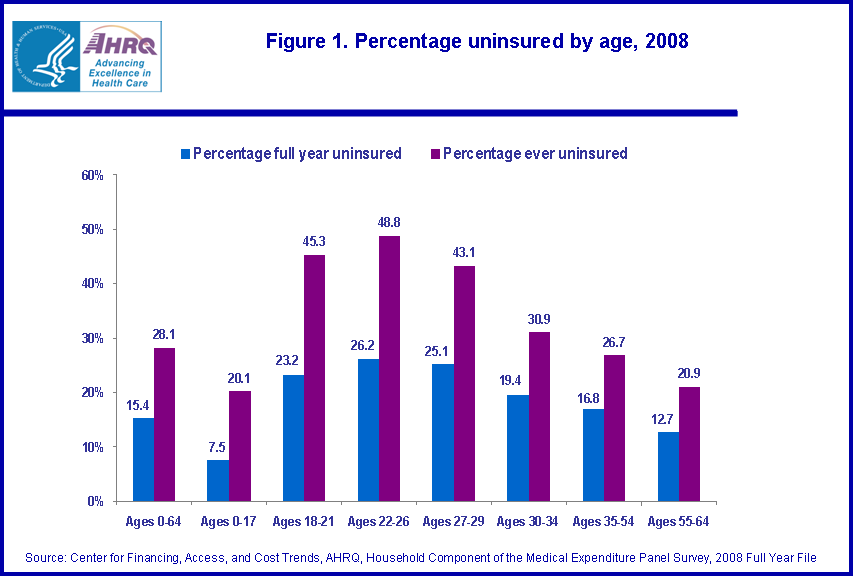 |
|||||||||||||||||||||||||||||||||||||||||||||||||||||||||||||||
|
|||||||||||||||||||||||||||||||||||||||||||||||||||||||||||||||
|
|
|||||||||||||||||||||||||||||||||||||||||||||||||||||||||||||||
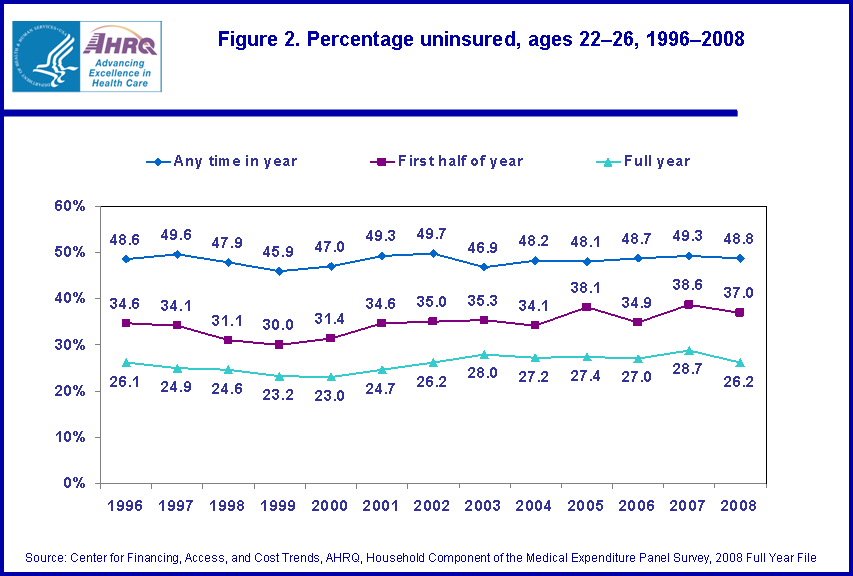 |
|||||||||||||||||||||||||||||||||||||||||||||||||||||||||||||||
|
|||||||||||||||||||||||||||||||||||||||||||||||||||||||||||||||
|
|
|||||||||||||||||||||||||||||||||||||||||||||||||||||||||||||||
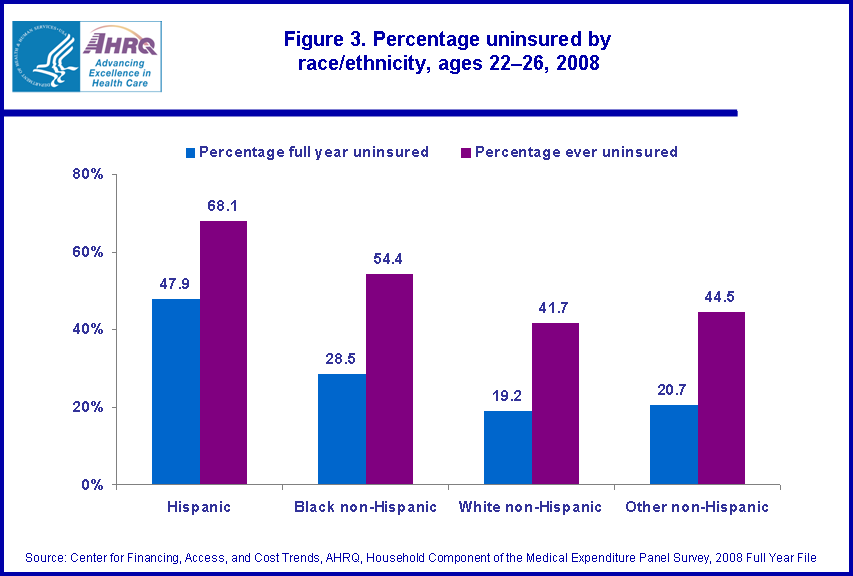 |
|||||||||||||||||||||||||||||||||||||||||||||||||||||||||||||||
|
|||||||||||||||||||||||||||||||||||||||||||||||||||||||||||||||
|
|
|||||||||||||||||||||||||||||||||||||||||||||||||||||||||||||||
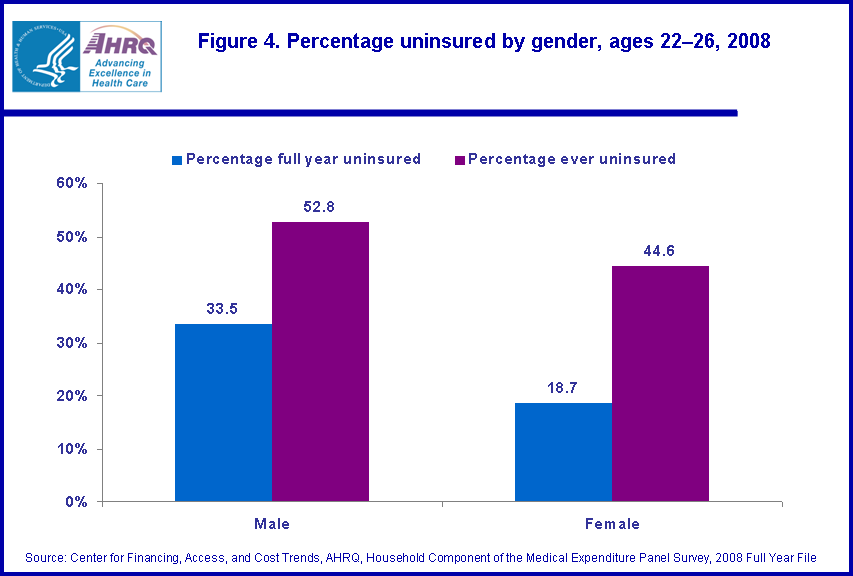 |
|||||||||||||||||||||||||||||||||||||||||||||||||||||||||||||||
|
|||||||||||||||||||||||||||||||||||||||||||||||||||||||||||||||
|
|
|||||||||||||||||||||||||||||||||||||||||||||||||||||||||||||||
 |
|||||||||||||||||||||||||||||||||||||||||||||||||||||||||||||||
|
|||||||||||||||||||||||||||||||||||||||||||||||||||||||||||||||
|
|
|||||||||||||||||||||||||||||||||||||||||||||||||||||||||||||||
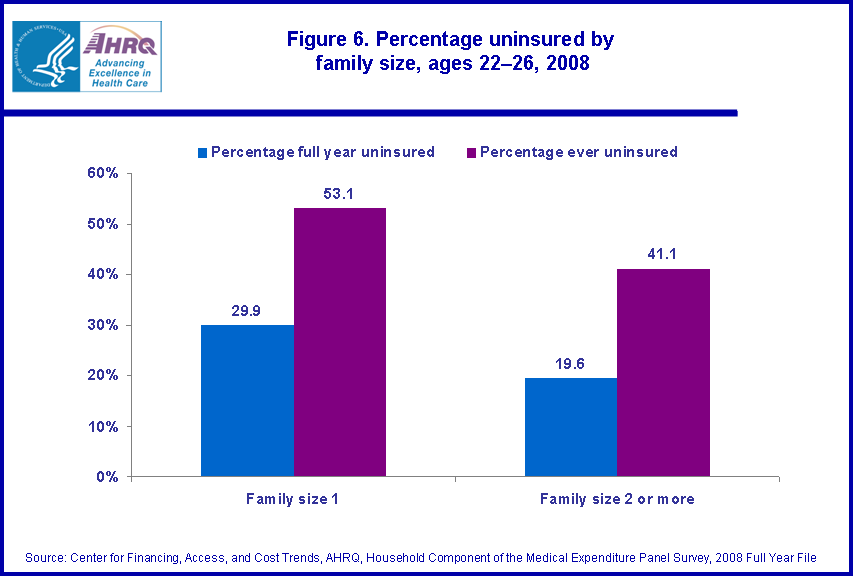 |
|||||||||||||||||||||||||||||||||||||||||||||||||||||||||||||||
|
|||||||||||||||||||||||||||||||||||||||||||||||||||||||||||||||
|
|
|||||||||||||||||||||||||||||||||||||||||||||||||||||||||||||||
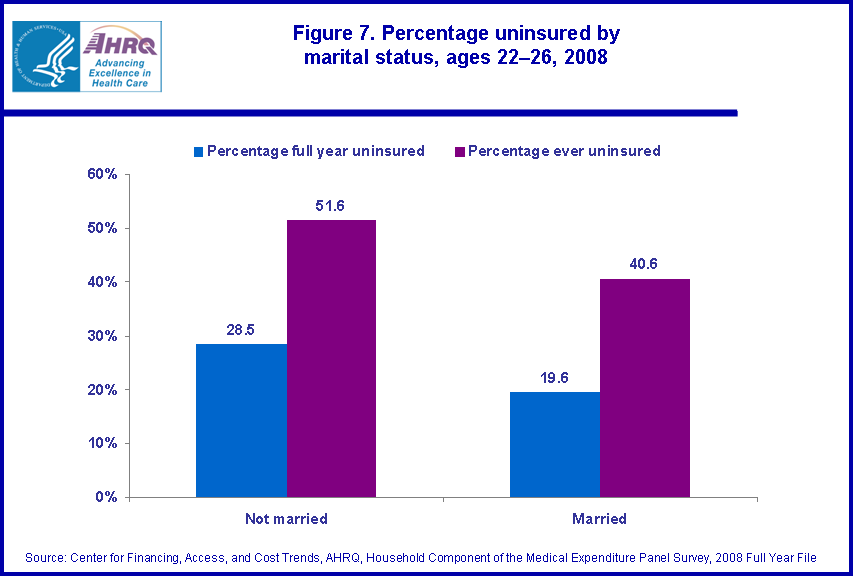 |
|||||||||||||||||||||||||||||||||||||||||||||||||||||||||||||||
|
|||||||||||||||||||||||||||||||||||||||||||||||||||||||||||||||
|
|
|||||||||||||||||||||||||||||||||||||||||||||||||||||||||||||||
 |
|||||||||||||||||||||||||||||||||||||||||||||||||||||||||||||||
|
|||||||||||||||||||||||||||||||||||||||||||||||||||||||||||||||
|
|
|||||||||||||||||||||||||||||||||||||||||||||||||||||||||||||||


